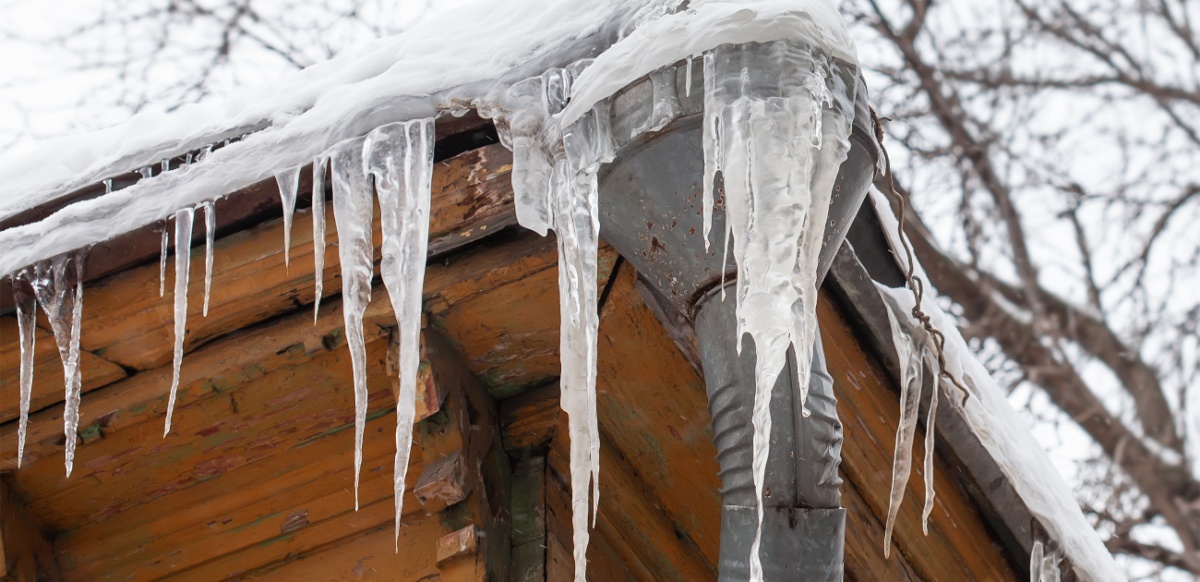Avoiding Frozen Pipes: Effective Strategies for Winter
Avoiding Frozen Pipes: Effective Strategies for Winter
Blog Article
What're your thoughts on Preventing and dealing with frozen pipes?

Cold weather can wreak havoc on your pipes, particularly by freezing pipes. Below's just how to stop it from taking place and what to do if it does.
Introduction
As temperature levels decrease, the threat of icy pipelines boosts, possibly leading to costly repair services and water damages. Understanding how to prevent frozen pipes is critical for home owners in chilly climates.
Avoidance Tips
Shielding susceptible pipes
Wrap pipes in insulation sleeves or use heat tape to safeguard them from freezing temperature levels. Concentrate on pipelines in unheated or exterior areas of the home.
Heating strategies
Keep indoor spaces appropriately heated, especially areas with plumbing. Open up cabinet doors to permit warm air to flow around pipes under sinks.
Exactly how to identify icy pipelines
Seek decreased water circulation from faucets, unusual smells or noises from pipes, and noticeable frost on revealed pipes.
Long-Term Solutions
Structural modifications
Think about rerouting pipelines away from exterior walls or unheated locations. Include added insulation to attics, basements, and crawl spaces.
Updating insulation
Purchase high-grade insulation for pipelines, attics, and walls. Correct insulation assists maintain consistent temperature levels and minimizes the risk of frozen pipelines.
Securing Outdoor Pipes
Garden hoses and outside faucets
Detach and drain yard hoses before wintertime. Install frost-proof faucets or cover outdoor faucets with shielded caps.
Understanding Icy Pipelines
What causes pipelines to ice up?
Pipelines ice up when exposed to temperatures listed below 32 ° F (0 ° C) for expanded periods. As water inside the pipes freezes, it increases, taxing the pipe walls and possibly creating them to burst.
Risks and damages
Frozen pipes can lead to supply of water disturbances, property damages, and costly repairs. Burst pipes can flooding homes and cause substantial architectural damages.
Indications of Frozen Water Lines
Determining frozen pipes early can stop them from breaking.
What to Do If Your Pipelines Freeze
Immediate actions to take
If you suspect icy pipelines, keep taps open to alleviate stress as the ice thaws. Use a hairdryer or towels taken in hot water to thaw pipelines slowly.
Conclusion
Stopping frozen pipelines calls for proactive actions and quick feedbacks. By understanding the reasons, signs, and safety nets, homeowners can safeguard their pipes throughout winter.
5 Ways to Prevent Frozen Pipes
Drain Outdoor Faucets and Disconnect Hoses
First, close the shut-off valve that controls the flow of water in the pipe to your outdoor faucet. Then, head outside to disconnect and drain your hose and open the outdoor faucet to allow the water to completely drain out of the line. Turn off the faucet when done. Finally, head back to the shut-off valve and drain the remaining water inside the pipe into a bucket or container. Additionally, if you have a home irrigation system, you should consider hiring an expert to clear the system of water each year.
Insulate Pipes
One of the best and most cost-effective methods for preventing frozen water pipes is to wrap your pipes with insulation. This is especially important for areas in your home that aren’t exposed to heat, such as an attic. We suggest using foam sleeves, which can typically be found at your local hardware store.
Keep Heat Running at 65
Your pipes are located inside your walls, and the temperature there is much colder than the rest of the house. To prevent your pipes from freezing, The Insurance Information Institute suggests that you keep your home heated to at least 65 degrees, even when traveling. You may want to invest in smart devices that can keep an eye on the temperature in your home while you’re away.
Leave Water Dripping
Moving water — even a small trickle — can prevent ice from forming inside your pipes. When freezing temps are imminent, start a drip of water from all faucets that serve exposed pipes. Leaving a few faucets running will also help relieve pressure inside the pipes and help prevent a rupture if the water inside freezes.
Open Cupboard Doors
Warm your kitchen and bathroom pipes by opening cupboards and vanities. You should also leave your interior doors ajar to help warm air circulate evenly throughout your home.

Do you like reading up on Winter Plumbing Precautions: Preventing Frozen Pipes? Make a remark below. We will be glad to see your reactions about this review. Hoping that you come back again later on. Kindly take the opportunity to share this blog if you appreciated it. Thanks a lot for being here. Return soon.
View Report this page